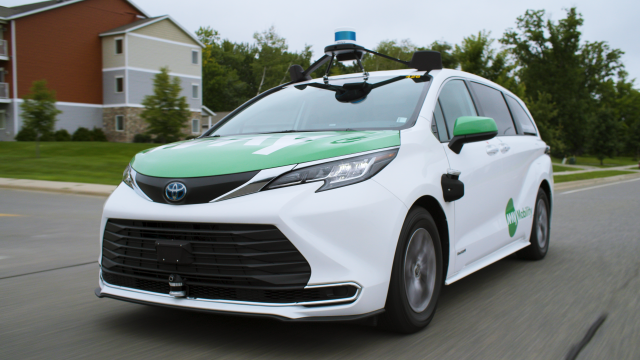Autonomous vehicle hype has been around for a while. According to McKinsey, the global market for autonomous vehicles will reach $614 billion by 2030. To stay ahead of the curve, many of the largest names in the automotive and tech industries have already made significant investments.
There are currently two autonomous trials being conducted in the US, one by Google’s Waymo and two by GM’s Cruise, which operate in 15 US cities as well as in Dubai and Japan.
It has been a long journey with growing levels of liberty to get here. But setbacks like the closure of Argo AI, which was financed by Ford and VW, and other well-funded startups cutting staff, demonstrate that finding a solution to the autonomous puzzle is still a challenge.
Some people think that advances in technology, such those in artificial intelligence (AI), may help to solve the issue of autonomy. Firms like Nvidia are producing cutting-edge chips that will speed up the processing of AI tasks. Consider Tesla’s Dojo supercomputer, which intends to teach Tesla’s Full Self-Driving (FSD) raw processing capacity to learn and iterate significantly more quickly than earlier systems.
Several startups are also creating a stir in the industry. Self-driving shuttles are run by May Mobility, an autonomous ride-sharing transportation firm with offices in Ann Arbour, Grand Rapids, and even Hiroshima, Japan.
In an interview with Yahoo Finance, May Mobility CEO Edwin Olson remarked, “We offer long-term transportation contracts to corporations and governments, and what this allows us to do is to establish a gentle onramp for the technology. Therefore, we don’t have to find a solution for every driving issue right now; instead, we can develop our technology gradually.
platforms that can make use of the sensor setups and software from May Mobility.
The self-driving technology used by May Mobility is based on their multi-policy decision-making (MPDM) software. By examining “its surroundings and all the possible variables and then [waiting] as long as possible before committing to a specific action,” the company claims its MPDM software can think like a person, even in a circumstance it has never experienced before.
In May Mobility’s opinion, the key to solving the autonomous problem is to start small and focus on the local level and even suburban regions, where services are most desperately needed. For instance, May Mobility enables senior adults in Sun City, Arizona, to navigate the city.
We’re not just constructing research and development prototypes, but also the economic side of autonomous vehicles, Olson said. “We think the initial markets will be the ones with the strongest unit economics. These typically take place in commercial and municipal deployments, where the revenues can be fairly large but where you can also keep a lot of the costs associated with the vehicle under control.

